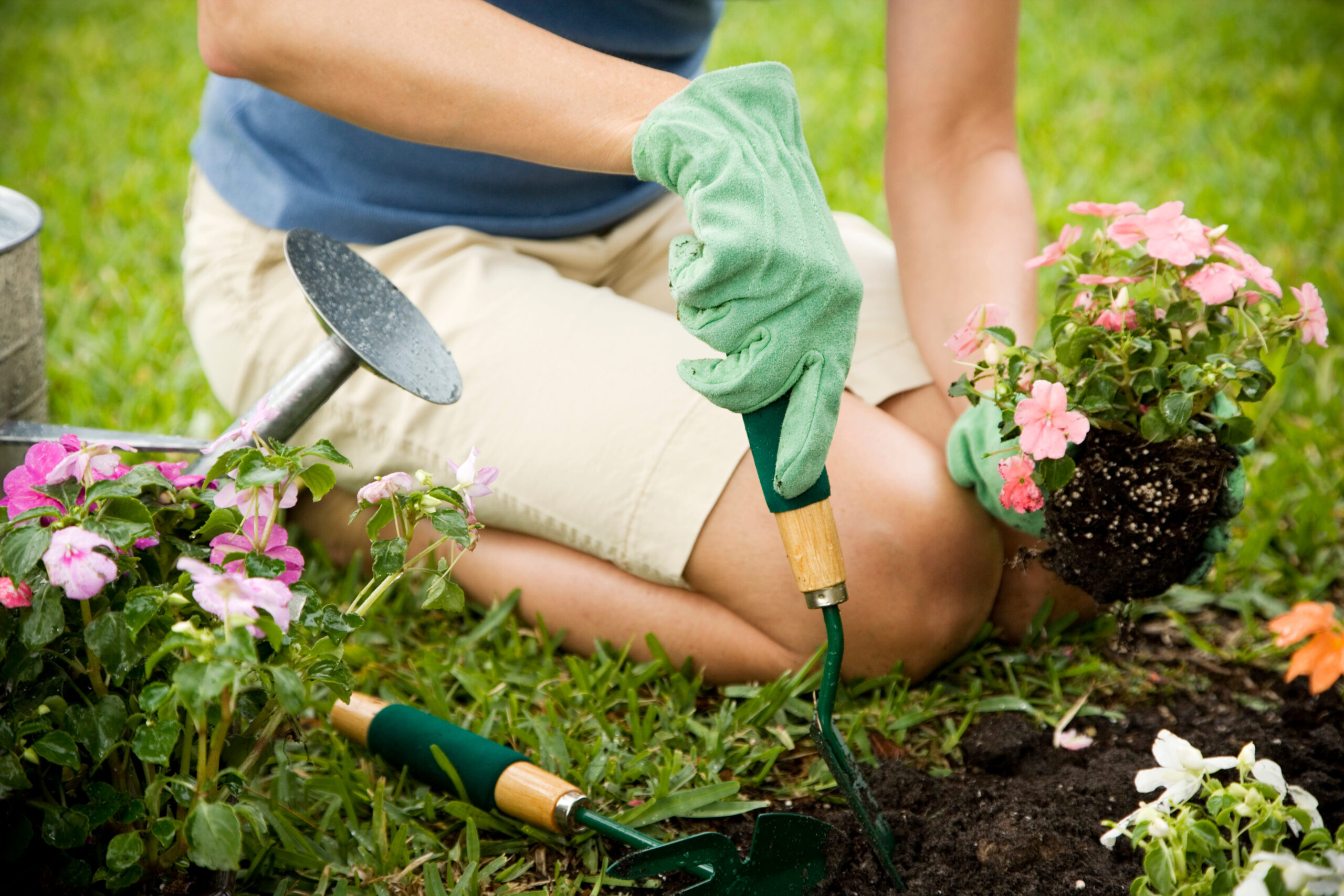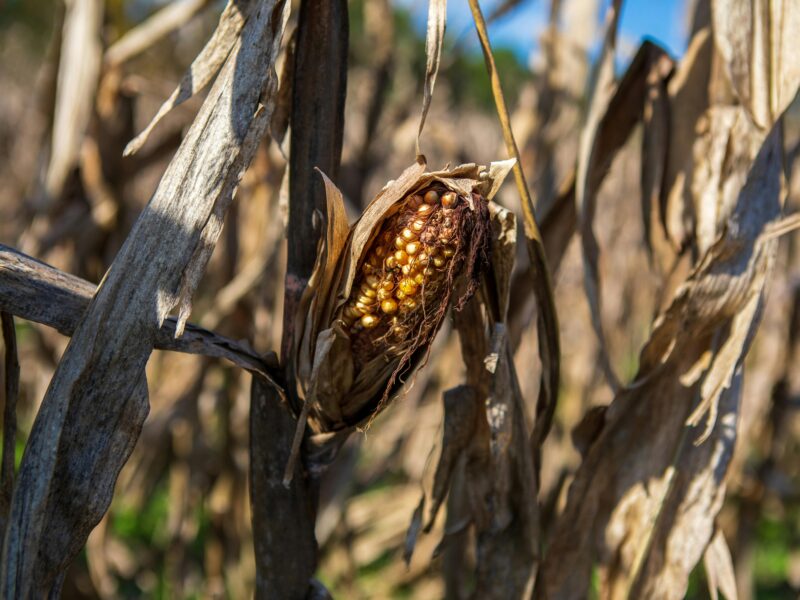Gardening is a rewarding activity that can yield beautiful blooms, lush foliage, and bountiful harvests throughout the year, regardless of your climate zone. While each season presents its own set of challenges and opportunities, understanding and adapting to your local weather patterns is key to cultivating a thriving garden year-round. This comprehensive guide offers tailored strategies for every season, ensuring your garden remains vibrant and productive, no matter the weather.
Spring: Awakening the Garden
Spring is a time of renewal and growth. As the ground thaws and the days grow longer, gardeners eagerly anticipate the first signs of life in their previously dormant spaces.
Spring Strategies:
- Assess and Repair: Begin by assessing your garden for any winter damage. Repair trellises, fences, and garden beds as needed.
- Soil Preparation: Enrich the soil with compost or organic matter to replenish nutrients lost during the winter.
- Planting: Start cool-season crops and hardy annuals early in the spring. Gradually acclimate seedlings to outdoor conditions before planting them in the ground.
- Mulching: Apply a layer of mulch to conserve moisture, regulate soil temperature, and reduce weed growth.
Summer: Maintaining Momentum
Summer brings warmth and sunshine, driving rapid growth in the garden. However, it also introduces challenges such as intense heat and potential drought.
Summer Strategies:
- Water Wisely: Implement efficient watering practices by using drip irrigation or soaker hoses early in the morning to minimize evaporation.
- Pest and Disease Management: Monitor plants closely for pests and diseases. Use organic methods, like introducing beneficial insects or applying neem oil, to manage outbreaks.
- Succession Planting: Continue planting at intervals to ensure a continuous harvest of vegetables and flowers.
- Shade Solutions: Protect sensitive plants from the harshest midday sun with shade cloth or strategically planted perennials.
Autumn: Harvest and Preparation
Autumn is a time for harvest and preparation. As the growing season winds down, gardeners can collect the fruits of their labor and begin preparing for the colder months ahead.
Autumn Strategies:
- Harvesting: Gather ripe produce and cut flowers regularly to encourage plants to produce more.
- Planting for Spring: Plant bulbs and perennials in the fall. These plants will lie dormant through the winter and burst into life come spring.
- Soil Enrichment: Add compost and manure to garden beds at the end of the growing season to enrich the soil for the next year.
- Protection: Apply mulch around perennials, shrubs, and trees to protect them from freezing temperatures and to retain soil moisture.
Winter: Rest and Reflection
Winter is often seen as a time of rest in the garden, but it also offers unique opportunities for planning and preparation.
Winter Strategies:
- Plan and Dream: Use the quiet of winter to reflect on the past year and plan for the next. Order seeds and garden supplies early.
- Winter Gardening: In milder climates, continue gardening with cool-season crops and frost-tolerant plants. Use cold frames or greenhouses to extend the growing season.
- Tool Maintenance: Clean, sharpen, and repair garden tools and equipment. Proper care will extend their life and make gardening tasks easier.
- Wildlife Care: Provide food and water for birds and other wildlife. They play a crucial role in the garden ecosystem, even in winter.
Adapting Strategies for Different Climates
While the above strategies provide a seasonal framework, successful gardening requires adjustments based on local climate conditions.
- Cold Climates: Focus on maximizing the short growing season. Use techniques like cold frames and row covers to extend the season and protect plants from frost.
- Warm Climates: Take advantage of the mild winters to grow a wider variety of plants year-round. Summer heat may require additional shade and water conservation measures.
- Wet Climates: Ensure good drainage in garden beds to prevent root rot. Choose plants that thrive in moist conditions and use raised beds if necessary.
- Dry Climates: Prioritize drought-tolerant native plants and implement water-saving practices. Consider xeriscaping to create a beautiful, low-water-use garden.
Embracing the Rhythms of Nature
Gardening is not just about the plants; it’s about connecting with the rhythms of nature. By understanding and working with the seasonal changes in your climate, you can create a garden that thrives year-round. This approach not only ensures a beautiful and productive garden but also promotes biodiversity and supports the overall health of the environment.
Remember, gardening is a journey, not a destination. Each season brings its own set of challenges and rewards. With patience, observation, and a willingness to adapt, you can unlock the secrets of successful year-round gardening in any climate. Whether you’re tending to a sprawling landscape, a modest backyard plot, or a collection of container plants, these strategies will help you cultivate a garden that brings joy and abundance through all the seasons.


